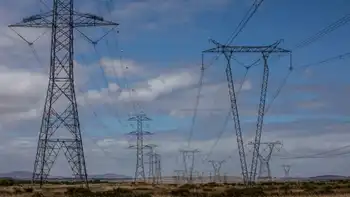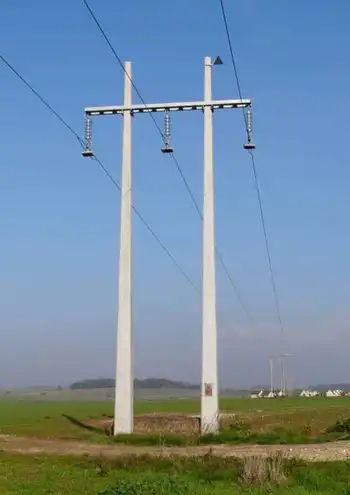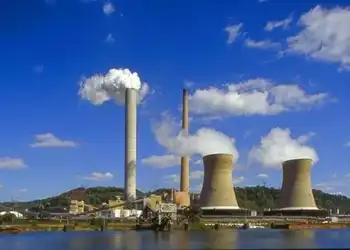Dow Chemical introduces solar shingle
- As Dow Chemical prepares to launch its solar shingle in 2011, Wall Street is hopeful the product will push the largest U.S. chemical maker into an entirely new, lucrative market.
Dow expects its solar shingle, which installs on roofs like ordinary shingles but can generate electricity from sunlight, to net $1 billion in revenue by 2015 in a roughly $5 billion market.
Dow reported 2009 revenue of $44.88 billion.
More than revenue, though, is the opportunity for Dow to move beyond its image as just a chemical company, albeit the largest in the United States, and help push solar power to a broad segment of the American population that for years has eschewed it as too expensive and cumbersome.
"Obviously, looking at where energy prices are today and the high-double-digit growth rate that solar's been exhibiting, it's clearly a product that should have appeal," said Hassan Ahmed, a chemical analyst at Alembic Global Advisors.
The company declined to provide the per-unit cost for its shingle, which connects in series on slanted roofs and feeds direct current to a converter box, where it is turned into alternating current.
However, Dow executives estimate that it could cost about $6,000 to install a solar shingle system that provides half of an average home's power. That figure takes into account a 30 percent federal tax solar rebate and local and state rebates, which widely vary. New Jersey, for instance, has a large solar rebate program.
The $6,000 figure seems low, according to Rob Stone, a solar industry analyst with Cowen & Co, compared with the industry average of about $10,000 for solar installation.
"Dow's own materials basically say you can pay off the cost of putting on your solar shingles in about 10 years," he said. "That's a little bit on the longish end of the payback that people generally expect. Probably a seven-year payback is generally the sweet spot."
So far, Dow hasn't even broken ground on a permanent production facility for the solar shingle. It plans to use a test facility to launch the product in 2011.
But mass production should not be an issue, Ahmed said.
"For a company like Dow Chemical, which is known for scaling up quickly, I don't see that as being a problem," he said.
Dow declined to say how many shingles it expects to sell in 2011. Still, solar power demand is expected to double next year in North America, where the shingle will first launch.
"A product like that, that is tailored to U.S. building practices, is particularly attractive," Stone said. "I think Dow's shingle is going to add incrementally to the size of the solar pie."
The company, which received a $20 million U.S. Department of Energy grant to research solar shingles, is not alone in the market to put solar into building materials.
Earlier this fall Energy Conversion Devices became the first company to launch a solar shingle onto the market, and Ascent Solar has developed a niche by selling flexible solar panels that can be used in tents and wrapped around poles.
Dow's shingles will use copper indium gallium diselenide solar modules, or CIGS, made by Global Solar Energy Inc. CIGS cells typically are more efficient at turning sunlight into electricity than traditional polysilicon cells.
The CIGS cells will be wrapped in a hard plastic that Dow declined to identify. Jutting out from the cell will be a long, thin hard-plastic tongue that serves the same purpose as a base layer on traditional shingles.
Dow received the Department of Energy grant with homebuilders Lennar Corp and Pulte Homes Inc, but it is not certain that Dow will work with those companies, Jane Palmieri, managing director of Dow Solar Solutions, told Reuters.
"You can only convert the market so quickly," she said.
Related News

California Faces Power Outages and Landslides Amid Severe Storm
CALIFORNIA - California is grappling with a dual crisis of power outages and landslides following a severe storm that has swept across the state. The latest reports indicate widespread disruptions affecting thousands of residents and significant infrastructure damage. This storm is not only a test of California's emergency response capabilities but also a stark reminder of the increasing vulnerability of the state to extreme weather events.
Storm’s Impact on California
The recent storm, which hit California with unprecedented intensity, has unleashed torrential rain, strong winds, and widespread flooding. These severe weather conditions have overwhelmed the state’s infrastructure, leading to significant power outages…




